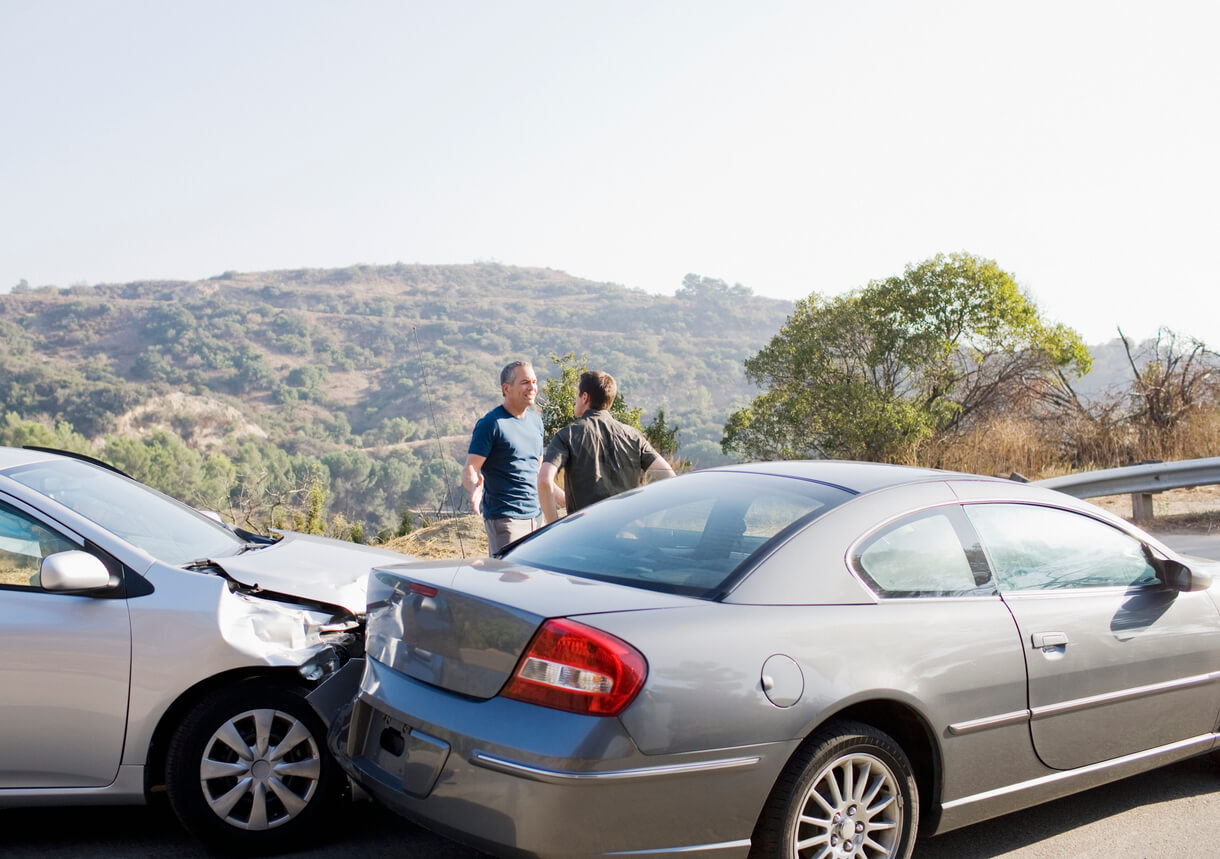Determining fault is critical in any personal injury case. It is the liable, or at-fault, party who will be held responsible for covering the expenses incurred by the parties who were injured as a result of their negligence. In a motor vehicle accident, the person who caused the accident will have to compensate others involved in the accident that suffered losses. Such losses can include medical expenses, lost wages, and more.
In working to determine who is at fault in an accident, a close look at the details surrounding the accident is essential. This is true regardless of the accident type. For instance, rear-end accidents may often lead a person to automatically assume it was the rear driver’s fault. While this may be true, it is not always the case.
Who is typically liable in a car accident?
Who caused the accident? That is the question when determining fault in any accident, rear-end accidents included. What could lead a person to be at fault for causing an accident? There are a number of reasons a person could be held negligent and the cause of an accident. As of late, distracted driving has been a huge problem and led to seemingly ever-rising accident numbers. Distracted driving is when the driver engages in any behavior that takes their eyes or attention away from the road. Texting, of course, is just as big of a distraction as eating, looking at GPS navigation, and scrolling for the right music to play for the ride. If a driver is distracted and an accident results, it does not matter if they were the front or rear driver in a rear-end collision, they can be held fully responsible, or at least responsible in part, for causing the accident.
Aggressive driving also refers to dangerous driving behaviors that can lead a front or rear driver to be held at fault for causing a rear-end collision. For instance, if a rear driver is speeding or tailgating, they have severely limited their ability to effectively stop and avoid collisions such as rear-end collisions. Comparably, a front driver who got in front using aggressive driving tactics such as cutting off another vehicle could also be found at fault when the rear car does not have enough time or space to effectively stop to avoid a rear-end collision.
Evidence will be key in determining and establishing fault in a rear-end collision. After an accident, be sure to get a copy of the official accident report. Get the contact information for any eyewitnesses to the accident. Take pictures of the crash scene, the vehicles involved in the crash, and your injuries. There may even be video footage of the accident taking place, particularly if there were cameras at the intersection or if there is security camera footage from any businesses nearby.
Kentucky Personal Injury Attorneys
At Dickman Law Office, we are here to fight for you. Insurance companies love to distract from the claim at hand by making thinly veiled attempts at undermining your narrative as to who was at fault for an accident. We hold the responsible party accountable and fight for you to receive full and fair compensation. Contact us today.
Posted in: Car Accidents

